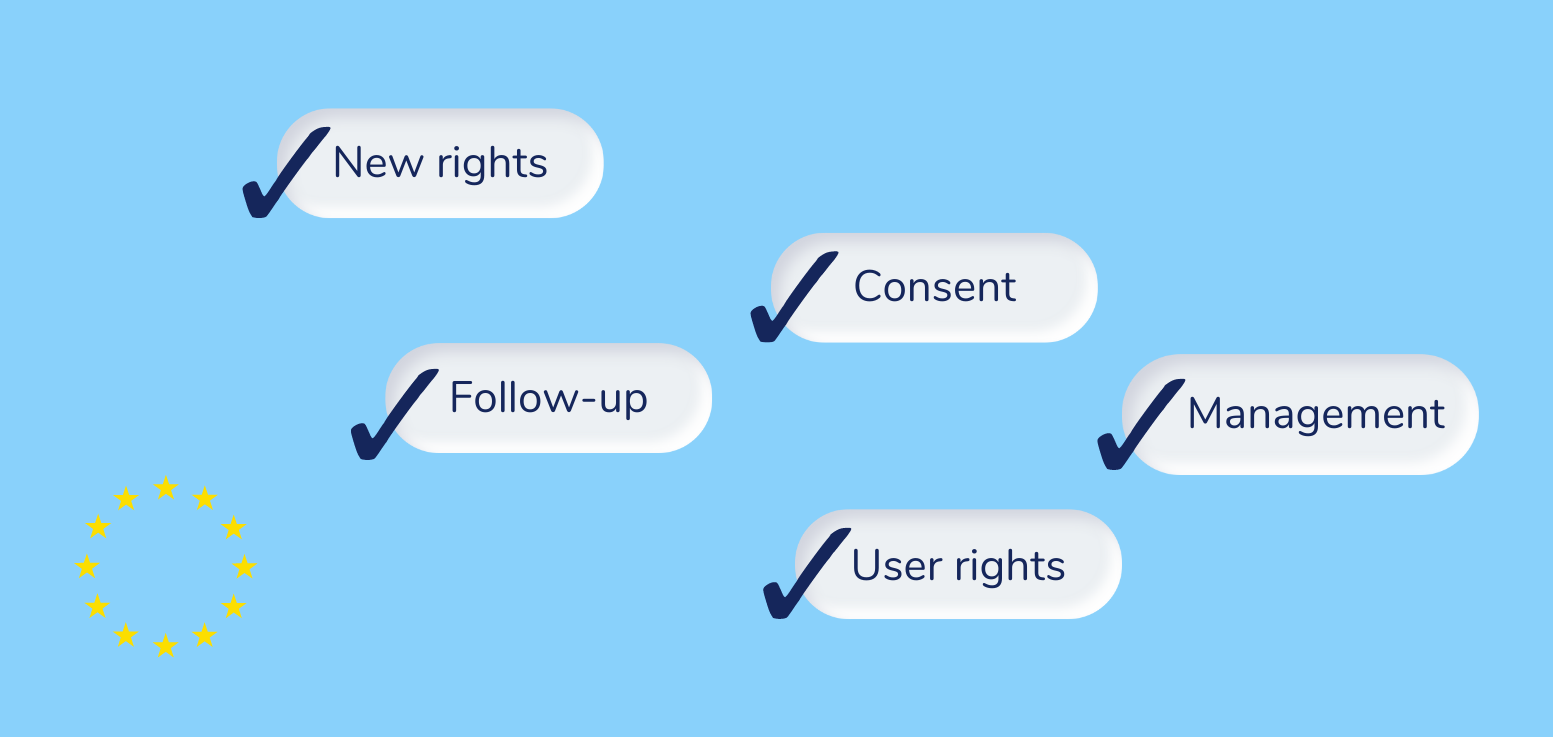The General Data Protection Regulation, also known as the GDPR, is essentially a legal framework that is used in the European Union, that sets the guidelines for the recollection and processing of personal data from people who live in this region. These guidelines, also known as the GDPR compliance checklist, target every single company that operates inside any country that is part of the European bloc and needs to collect personal information of their users for business purposes.
Over the last few years, the GDPR has changed, considering that the regulation now applies regardless of where the online pages are located. Nowadays, these must be heeded by every single website that attracts visitors from Europe, no matter if they don’t sell any type of goods or services to European Union’s residents.
Moreover, the GDPR mandates that European Union’s visitors have to get a number of information disclosures. In addition, it commands that the website must take different types of measures to notify the European Union consumer if any of their personal data was breached.
Here’s the complete GDPR compliance checklist.
Data
This is one of the most important items of the GDPR compliance checklist since it mandates that all companies that operate inside the European Union need to have a list that shows everything related to the recollection of users’ personal data.
This way, it has to show the exact personal information they want to make use of, the source from where this data was extracted, and even a brief summary where the company specifies which actions are going to take with this data and for how long it will be stored.
Accountability & Management
This item refers to the different types of policies and regulations that the companies who operate in any country of the European Union must take to guarantee users’ security.
New Rights: the most striking item of the GDPR compliance checklist
The reason why this one is definitely the most interesting item is because many experts consider it an extraordinary legal innovation of the European Union. After all, this item creates new rights for the citizens and residents of the European bloc as users of companies that collect and use personal data for business purposes.
Consent
Another important item of the GDPR compliance checklist and GDPR website compliance checklist is the necessity to create consent between the companies that use personal data and those users.
This way, the company’s privacy policy, not only needs to be published, but also has to show the whole information in the most detailed and understandable manner to prevent any type of confusion.
Follow-up
This item of the GDPR compliance checklist, has a direct relation with the previous one. After all, the follow-up item points out that the companies, not only have to show the most transparent privacy policy, but also have to update them according to the different changes of policies that the governments, inside the European Union, execute from time to time.
Special Cases
While companies have a series of restrictions, there are moments where the government can make some exceptions every time there’s a special situation. Therefore, the European Union created an item in its GDPR compliance checklist that explains there will be some special cases where these companies will be able to send personal data out of the bloc.
User Rights
This last item is also quite important since it mentions that a company’s users have the right to always receive the most transparent information and not be exploited in any manner. Also, they have the right to receive a notification every time a company that operates inside the European Union uses their personal data, as well as any other right involved in their protection against any kind of inconvenience.





